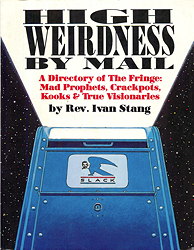Art
Least-Authentic Native-American Motifs Ever
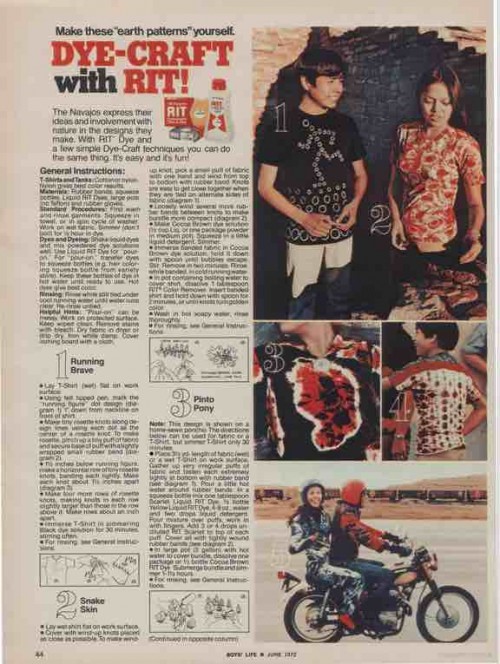

Original ad here.
Posted By: Paul - Mon Oct 17, 2016 -
Comments (2)
Category: Art, Fashion, Hobbies and DIY, 1970s, Native Americans
Dessert-Smashing Artist
Artist Mar Cuervo has created an art installation in which she destroys various desserts (cookies, marshmallow peeps, chocolate rabbits, cupcakes, etc.) by smashing them with her hand. She explains: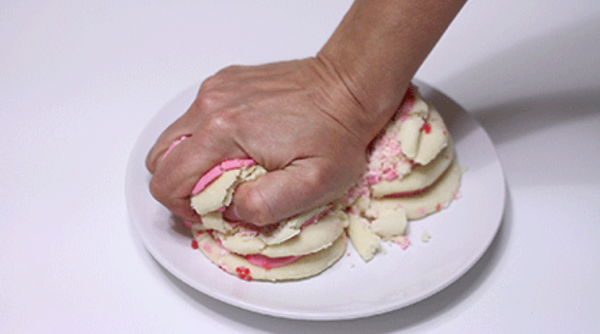
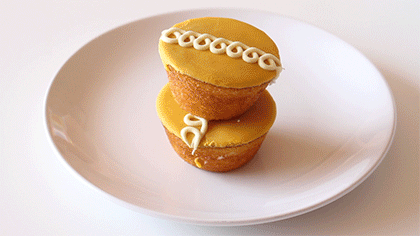
Gallagher comes to mind as one possible source of inspiration. Perhaps also that woman who smashes her face into bread.
via konbini.
Posted By: Alex - Fri Sep 23, 2016 -
Comments (1)
Category: Art, Food
Mystery Illustration 31
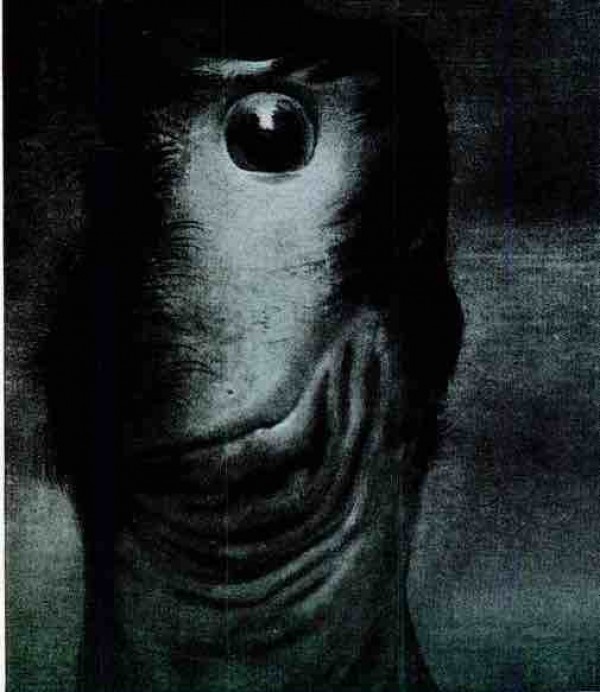
This portrait is intended to depict what mythical deity? Hint: not an Asian religion.
The answer is here.
Posted By: Paul - Mon Sep 19, 2016 -
Comments (11)
Category: Art, Gods, 1950s
Beer Can Prayer Wheels
Don't throw out your old beer cans. Use them to generate prayers: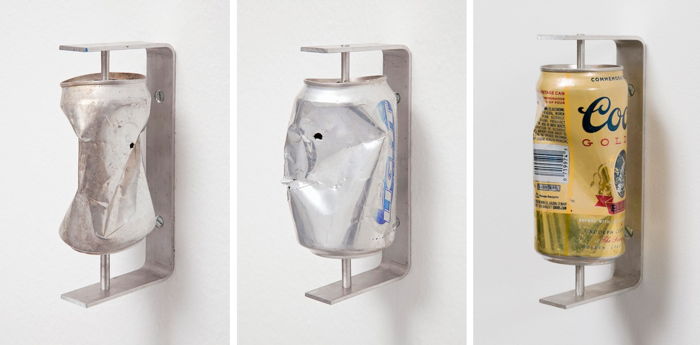
image source: Box Vox
— Artspace.com
Several years ago I posted about another creative way to recycle beer cans: Home heating with beer cans.
Posted By: Alex - Thu Aug 11, 2016 -
Comments (4)
Category: Art
Mystery Illustration 27
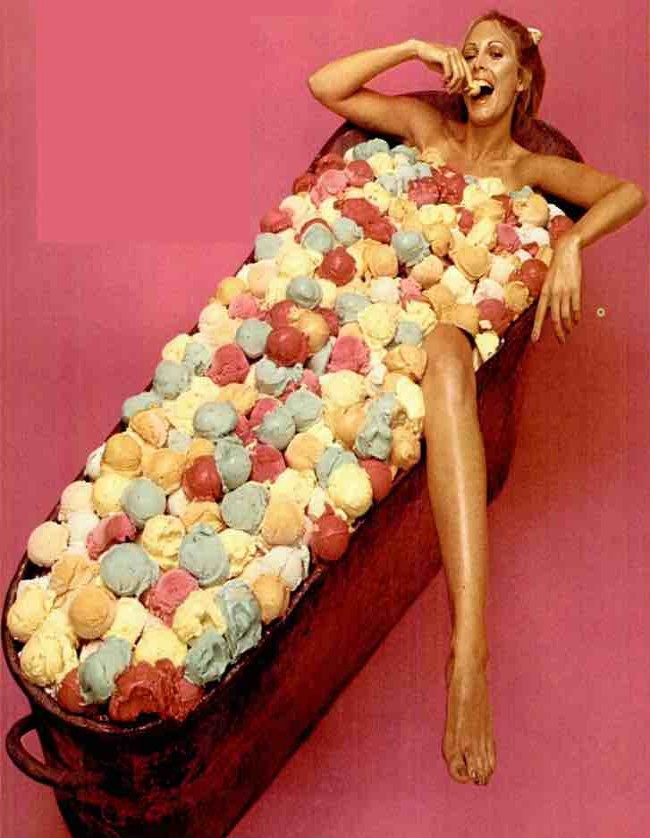
Which regional magazine of the fifty states decided this would be a good way to illustrate the pleasures of summer?
The answer is here.
Posted By: Paul - Thu Aug 11, 2016 -
Comments (7)
Category: Art, Magazines, Regionalism, Sex Symbols, Junk Food, 1970s
Trashcan art thrown out by janitors
Recently another case made the news of a valuable piece of art thrown out by overzealous janitors at an art fair who didn't realize that the art in question was, in fact, art. (I'm pretty sure that Chuck has reported on a number of similar cases.)In this case, the work was a sculpture by Will Kurtz titled Keep America Great Again. — valued at $8000. The janitors got confused because the sculpture featured "a raccoon next to a trash can brimming with brightly colored rubbish."
The janitors didn't throw away the raccoon — only the trash in the can.
Actress Brooke Shields, who was curating the show, realized what had happened and was able to find the missing "art" — because apparently this kind of thing had happened at the show before, and so the janitors had been trained to temporarily store all trash in clear plastic bags before disposing of it permanently.

Posted By: Alex - Wed Jul 20, 2016 -
Comments (11)
Category: Art
Giant Baby Heads
Full story here.
Posted By: Paul - Wed Jul 06, 2016 -
Comments (4)
Category: Art, Babies and Toddlers
Mystery Illustration 22
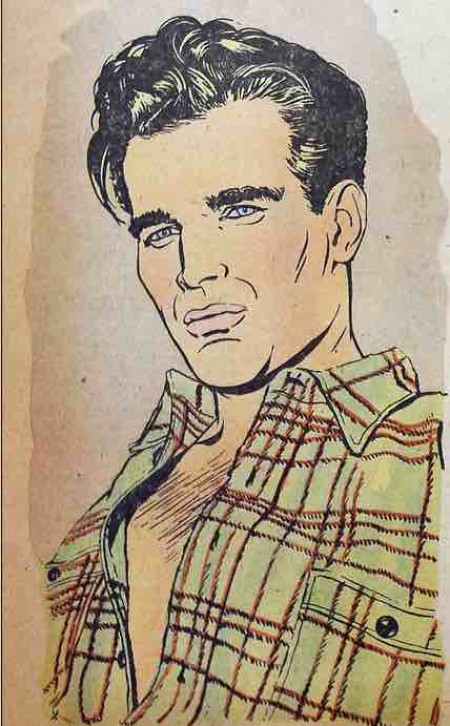
Which very famous movie star--he flourished from the 40s right into our present millennium--is this awkward drawing supposed to represent?
Answer after the jump.
More in extended >>
Posted By: Paul - Sat Jun 25, 2016 -
Comments (5)
Category: Art, Ineptness, Crudity, Talentlessness, Kitsch, and Bad Art, Movies, 1940s, Twenty-first Century
The Anatomical Venus
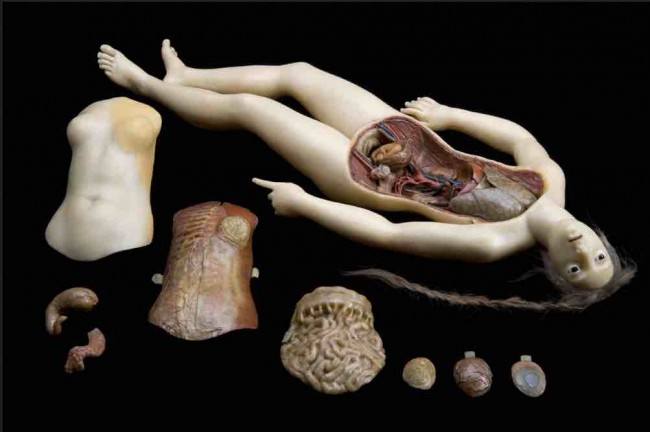
This new book about the "Anatomical Venus" looks to be fascinatingly weird. Lots more photos at the link.
Posted By: Paul - Sat May 21, 2016 -
Comments (2)
Category: Art, Body, Surgery, Women, Eighteenth Century
Art by random people approached on the street
1937: As an experiment, art teacher Helen Beach approached random people on the streets of Chicago and offered them a free 12-week art course. Among the 75 volunteers who accepted her offer were train guards, an iceman, a school teacher, postmen, a scrubwoman, and policemen. Later that year she exhibited some of the works her students created, offering them as proof that anyone, with a little training, can release their inner artist. Examples below.Of course, there has to be some selection bias here — weeding out those whose lack of talent was beyond help.

Helen Beach

"Flannel Night Gown" by Edna Hirt, housewife

"Sunday Night Supper" by Edith Willett, Sunday-school teacher

"Indian Summer" by John Golden, dogcatcher

"Abstract of Sewing Machine" by Maude Hopkins, (no career specified)

"Typewriter" by George Prochmow, letter carrier
Image source: Newsweek - Dec 13, 1937
Posted By: Alex - Fri May 13, 2016 -
Comments (7)
Category: Art, 1930s

| Who We Are |
|---|
| Alex Boese Alex is the creator and curator of the Museum of Hoaxes. He's also the author of various weird, non-fiction, science-themed books such as Elephants on Acid and Psychedelic Apes. Paul Di Filippo Paul has been paid to put weird ideas into fictional form for over thirty years, in his career as a noted science fiction writer. He has recently begun blogging on many curious topics with three fellow writers at The Inferior 4+1. Contact Us |




